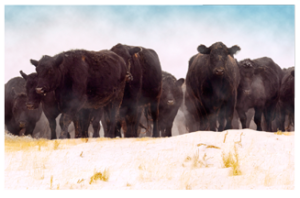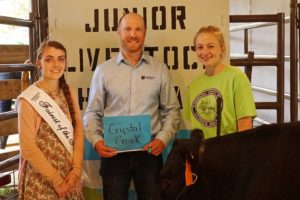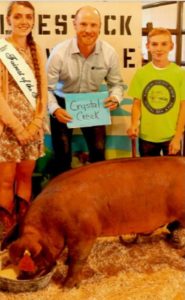Pregnancy Toxemia In Goats
Click here to view as a pdf: Pregnancy Toxemia In Goats
By Teresa Marker, B.S.
Farmers consistently look for ways to be more efficient with time, money and resources. Hidden profit thieves in dairy operations can have a tremendous impact on a farmer’s bottom line. One hidden profit thief in dairy goat operations is pregnancy toxemia. This metabolic disorder is present in approximately 13% of does and has a herd prevalence of over 87%.1


 With winter fast approaching, it is time to prepare your livestock for the upcoming cold season. The following tips can help maximize the performance of your animals this winter:
With winter fast approaching, it is time to prepare your livestock for the upcoming cold season. The following tips can help maximize the performance of your animals this winter: Click here to view as a pdf:
Click here to view as a pdf: 
